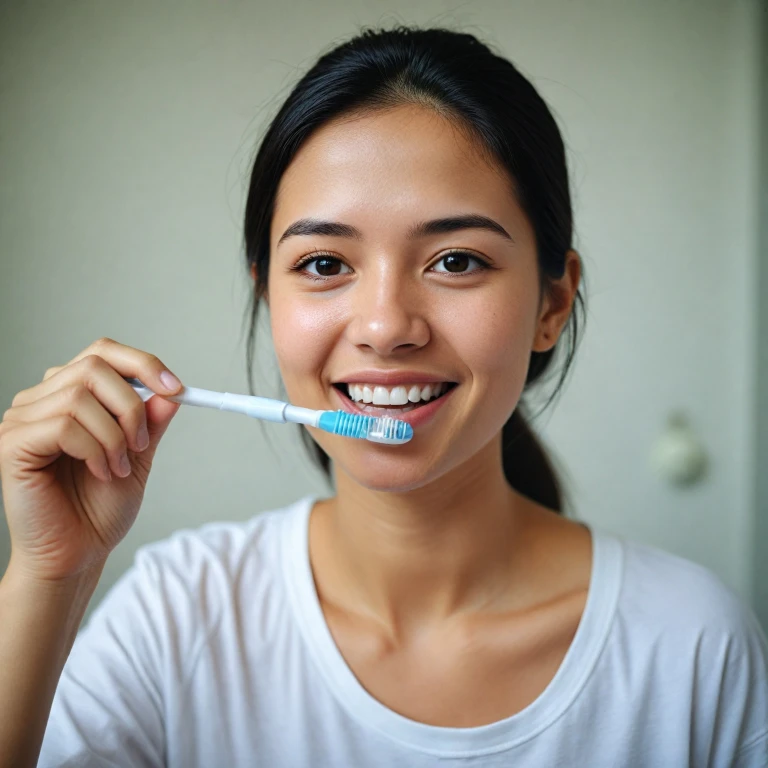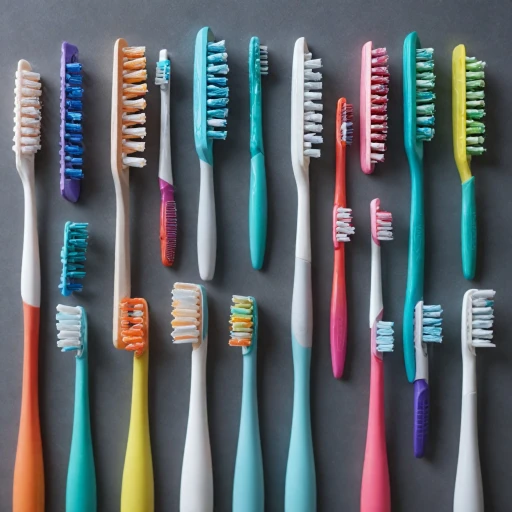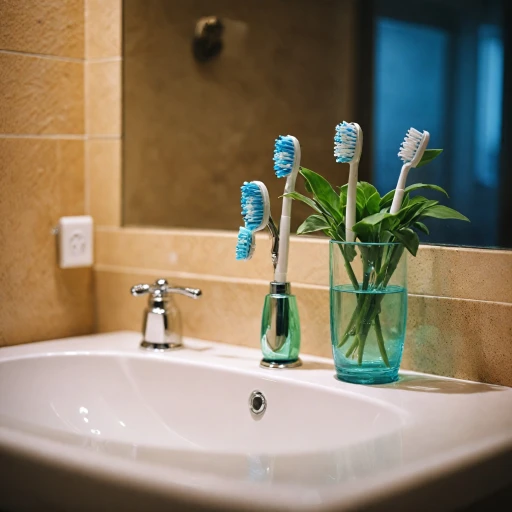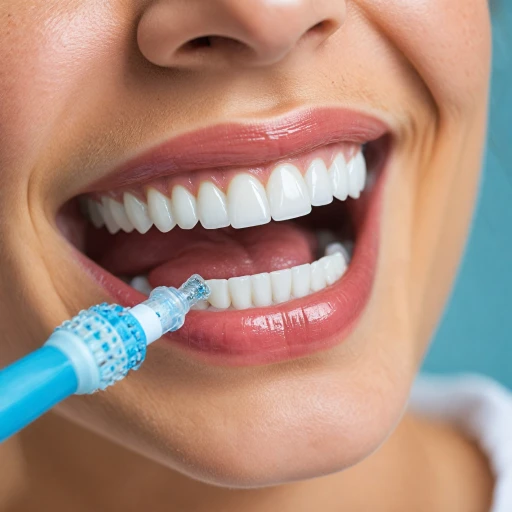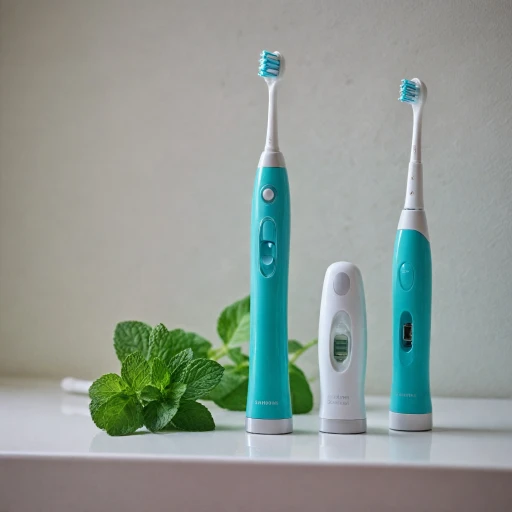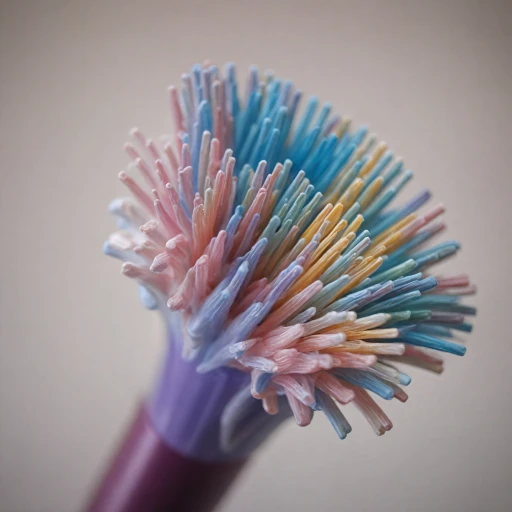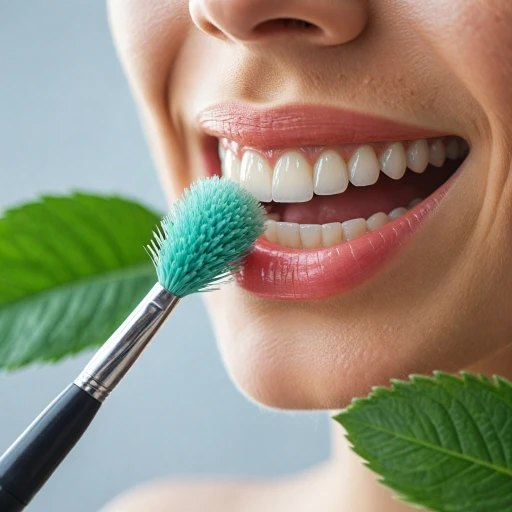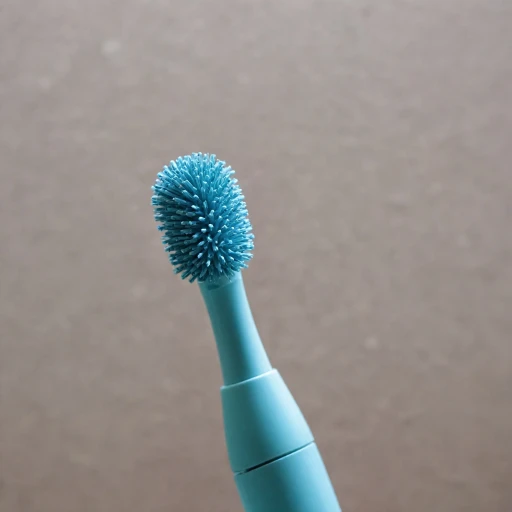
Understanding the Compatibility of Electric Toothbrushes with Braces
Navigating the World of Electric Toothbrushes for Braces
Wearing braces often comes with a unique set of challenges when it comes to maintaining optimal oral hygiene. Fortunately, electric toothbrushes, with their advanced technology, offer a powerful solution for those undergoing orthodontic treatment. Yet, understanding the compatibility of these electric devices with braces is crucial for achieving a thorough clean.
The intricate design of braces, including brackets and wires, can make thorough cleaning more challenging compared to those without orthodontic appliances. This is where electric toothbrushes shine, thanks to their ability to reach areas that manual toothbrushes might miss. With their oscillating or sonic movements, electric models enhance plaque removal and improve oral health for those with teeth braces.
While many might have reservations about using electric toothbrushes with braces, dental professionals often recommend them due to their effectiveness in maintaining oral hygiene. It's essential, however, to select a toothbrush head that is specifically designed or recommended for orthodontic care, ensuring it can navigate around the brackets without causing harm.
Research supports the use of electric toothbrushes over manual ones for those with braces, as the former typically offer various modes and speed settings that can cater to sensitive areas, which is a common concern during orthodontic treatment.
For more insights on effective cleaning tools, consider exploring end-tuft toothbrushes, which can complement your electric dental routine by targeting hard-to-reach areas.
Benefits of Using an Electric Toothbrush with Braces
The Power of Electric Toothbrushes with Braces
When it comes to maintaining optimal oral health while wearing braces, using an electric toothbrush offers several advantages over manual brushing. One of the main benefits is the enhanced cleaning capability. Electric toothbrushes can effectively reach areas around the brackets and wires that might be challenging for a manual toothbrush. The bristles of an electric toothbrush can vibrate or rotate quickly, helping to dislodge food particles and plaque, thus ensuring a thorough clean.
Precision and Consistency in Brushing
Electric toothbrushes provide a consistent brushing mode that manual brushes often lack, leading to better oral hygiene. Many electric toothbrushes come with adjustable settings that allow you to customize the cleaning power, ensuring the toothbrush is gentle enough not to damage the orthodontic treatment but effective enough to remove stubborn plaque. This is especially useful for those with sensitive teeth or gums.
The sonic toothbrushes, in particular, are known for their high-speed vibrations that efficiently target plaque in hard-to-reach areas around the brackets.
Ease of Use and Comfort
By opting for an electric toothbrush, users might find them more comfortable and easier to maneuver around teeth braces. The design of these toothbrush heads often takes into consideration the intricacies of brushing with brackets and wires, leading to a more pleasant and effective cleaning experience.
Improved Oral Care Routine
Incorporating an electric toothbrush into your dental care routine can enhance your oral hygiene by ensuring you brush for the recommended two minutes, thanks to built-in timers. Additionally, some models come with pressure sensors that alert you if you're brushing too hard, protecting your teeth and gums.
To make informed decisions about your oral care tools, consider learning more about selecting a non-toxic electric toothbrush for a healthier routine by visiting this relevant guide.
Choosing the Right Electric Toothbrush for Braces
Picking the Perfect Electric Toothbrush for Braces
With the wide range of electric toothbrushes available, selecting the right one for braces can be a bit daunting. However, there are key features to consider that will make your choice easier. One essential aspect is ensuring the brush head is compatible with orthodontic needs. Look for small brush heads that can effectively clean around brackets and wires.
Another consideration is the mode options. Sonic electric toothbrushes often come highly recommended for their ability to remove plaque between the teeth and around the gum line gently yet thoroughly. This is especially beneficial if you're looking to maintain optimal oral hygiene while wearing braces.
Moreover, it's advantageous to choose products with a soft-bristle option. Hard bristles might damage the brackets or irritate gums. Sonic toothbrushes also tend to come with different modes, including sensitive or gum care, making them versatile for various dental needs during orthodontic treatment.
Additionally, consider electric toothbrushes with rechargeable capabilities to avoid the hassle of frequently changing batteries. Looking for trusted brands with high customer ratings and reviews—often marked by 4 to 5 stars—can also guide you toward a quality product that aligns with your needs.
Lastly, keep in mind that replacing the brush heads every three months, or sooner if bristles show wear, will ensure continued effectiveness. Proper maintenance, alongside brushing techniques, not only supports superior cleaning but also promotes overall dental health.
Techniques for Effective Brushing with Braces
Mastering the Art of Brushing with Braces and Electric Toothbrushes
When it comes to maintaining optimal oral hygiene while wearing braces, the technique you use can make all the difference. Using an electric toothbrush might feel different compared to a manual brush, but with the right approach, you can achieve a level of dental cleaning that keeps plaque and food particles at bay, even around the brackets and wires.
Brushing with an electric toothbrush doesn't require you to press hard. In fact, applying too much pressure can irritate your gums and damage your orthodontic equipment. Instead, let the brush do the work for you. Simply guide the brush head to each section of your teeth and hold it in place for a few moments.
Here are some key techniques to consider:
- Choose the right brush head: A smaller brush head can help navigate around the brackets and wires, ensuring thorough cleaning.
- Pay attention to angles: Approach the top and bottom of each bracket at an angle, which will help dislodge trapped debris.
- Use the right mode: If your electric toothbrush offers different modes, such as sonic or sensitive, opt for one that's gentle yet effective for your specific orthodontic treatment.
- Don't forget interdental cleaning: Consider complementing your routine with tools like a water flosser or an interdental brush to reach the spaces between your teeth and between brackets.
Electric toothbrushes, especially those designed with orthodontics in mind, can enhance your oral care routine significantly. If you're learning how to brush effectively with braces, focusing on technique can ultimately lead to healthier gums and teeth while safeguarding your orthodontic investment.
Common Mistakes to Avoid When Using an Electric Toothbrush with Braces
Common Pitfalls to Steer Clear of When Using an Electric Toothbrush with Braces
While electric toothbrushes can significantly enhance oral health for those with braces, certain mistakes can hinder the effectiveness of your brushing routine. Avoiding these common pitfalls can help maintain optimal oral hygiene and protect your orthodontic investment.
- Avoid Applying Excessive Pressure: One of the most common mistakes is pressing too hard with your electric toothbrush. This can damage brackets and bend wires, as well as cause discomfort. Instead, let the sonic toothbrushes do the work with gentle pressure.
- Skipping the Right Technique: To properly clean around brackets and inside wires, adopt specific techniques learned from orthodontic consultations. Pay close attention to commonly missed areas to ensure comprehensive oral hygiene.
- Neglecting Regular Maintenance: It's crucial to replace brush heads regularly to maintain efficiency. Overused brush heads can lose their ability to effectively remove plaque, especially when you're wearing braces.
- Ignoring Additional Cleaning Tools: Complement electric brushing with a water flosser or orthodontic aids for more thorough cleaning around braces components.
- Choosing the Wrong Electric Toothbrush Head: Ensure the brush head designed for braces is suitable and can effectively navigate around dental appliances.
Mastering the use of an electric toothbrush for cleaning your teeth braces is a step toward enhancing your oral health and maintaining your orthodontic treatment effectively. Proper care and mindful habits ensure the durability and efficacy of your orthodontic journey.
Additional Oral Care Tips for People with Braces
Paying Attention to Supplemental Oral Care Practices
While utilizing an electric toothbrush with braces can greatly enhance your oral hygiene routine, it's important to incorporate additional practices to ensure comprehensive care. Remember, braces create extra surfaces for food particles and plaque to cling to, so staying vigilant with your oral hygiene is crucial.
- Rinsing Your Mouth: After each meal, it's beneficial to rinse with water to help dislodge any food particles caught in brackets or wires. Consider using an antibacterial mouthwash to further reduce plaque and maintain fresh breath.
- Using a Water Flosser: A water flosser can be an excellent complement to your electric toothbrush. It assists in cleaning areas that a manual toothbrush or even a sonic electric toothbrush might miss. This tool is particularly useful for getting between teeth and under the gum line where plaque can build up.
- Regular Dental Checkups: Consistent visits to your dental professional are integral to keeping your teeth and braces in optimal condition. These check-ups allow for the evaluation of your orthodontic treatment progress and the cleaning of stubborn plaque areas that regular brushing might not address.
- Orthodontic Wax: Don’t forget to use orthodontic wax to prevent irritation from brackets and wires. Applied correctly, it can make wearing braces a more comfortable experience.
- Replacing Brush Heads Timely: Replace the brush head of your electric toothbrush every three months or sooner if the bristles appear frayed. A worn-out brush head can be less effective at cleaning teeth and may even damage gums.
Incorporating these additional oral care techniques not only supplements the cleaning efficacy of your electric toothbrush but also fortifies the health of your teeth and gums throughout your orthodontic journey.
